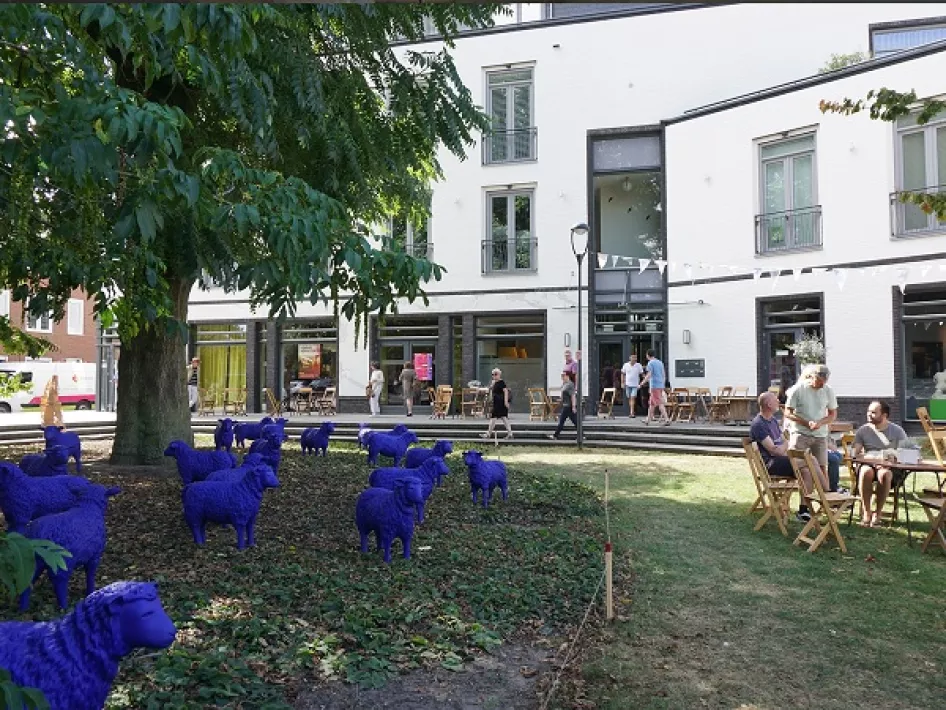The Venray Museum aims to preserve, maintain and present Venray's cultural heritage to residents, schoolchildren and tourists.
Venray has long had regional significance due to its location. This special place had a market function with international trade relations. Threatened Catholics found refuge here. A beautiful collection of statues and the many monastic orders testify to this. Mental health care developed here. Elements of this we want to show and let visitors experience.
In and around the museum, stories are told about beauty. Beauty of monuments, religious symbols and historical buildings, churches and chapels. And about the beauty of landscape and natural elements in the city and region. And everything becomes more tangible through the story that accompanies it.
The Venrays Museum wants to be a home for children and adults of all ages, to be amazed, fascinated and experienced. And also to be active in the museum or outside it.
The museum wants to be a house for cooperation with other initiatives and institutions in Venray and the surrounding area in the field of history, culture and art. And they also want a special collaboration with schools in the field of education.
The Venrays Museum also wants to contribute to important social values, such as connection between generations, between young and old, and such as pleasure in experiencing culture.
The permanent exhibition of the Venrays Museum
Venray between Peel and Maas
About the history of Venray. About people who, in often difficult circumstances, had to search for the best form to ensure their lives and safety and nurture their social cohesion. The story begins with a work of art of national significance: the Dancer of Wanssum. The visitor then sees how the landscape determined the life of the oldest Venrayers until the end of the Middle Ages, but also how those same Venrayers after 1400 increasingly adapted that landscape to their wishes. The religious history of Venray received special attention; not only because it is unique, but also because the museum has a collection of above-average quality in this area. The last section shows how a village developed around the Grote Kerk with heart and soul, where people cared for each other and strengthened social cohesion.




